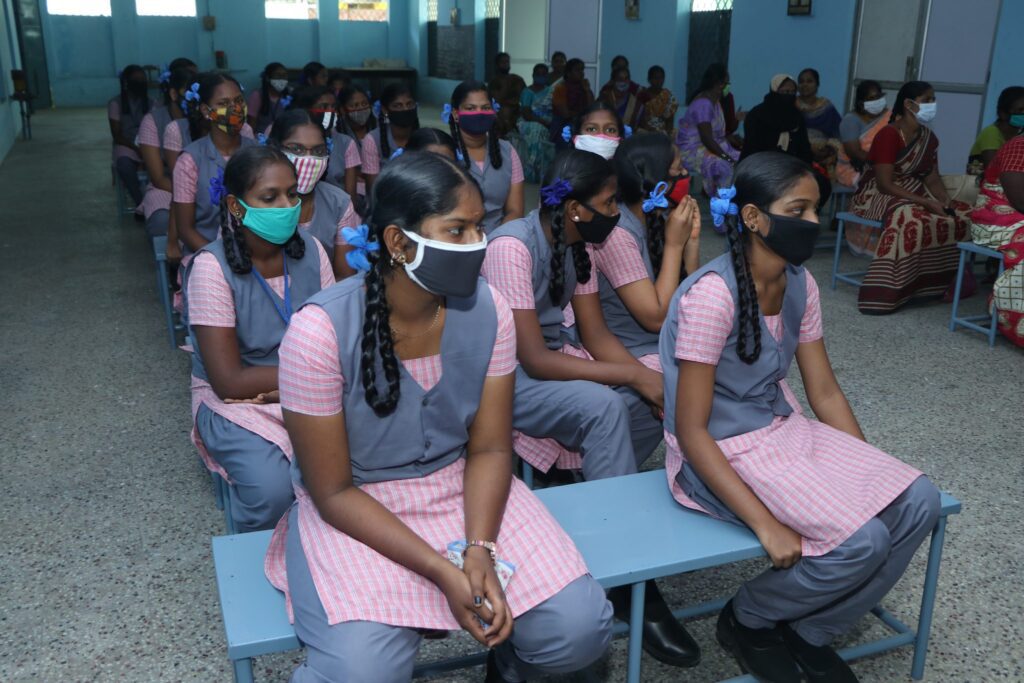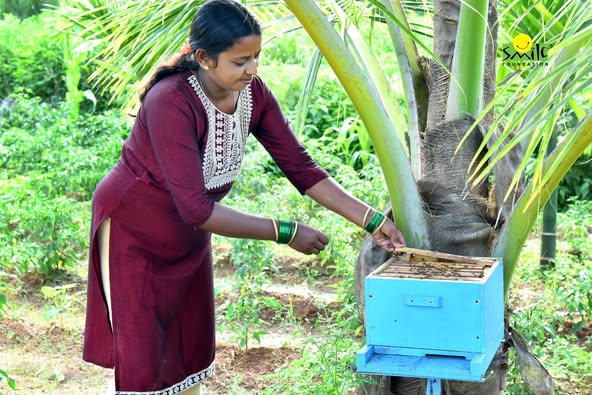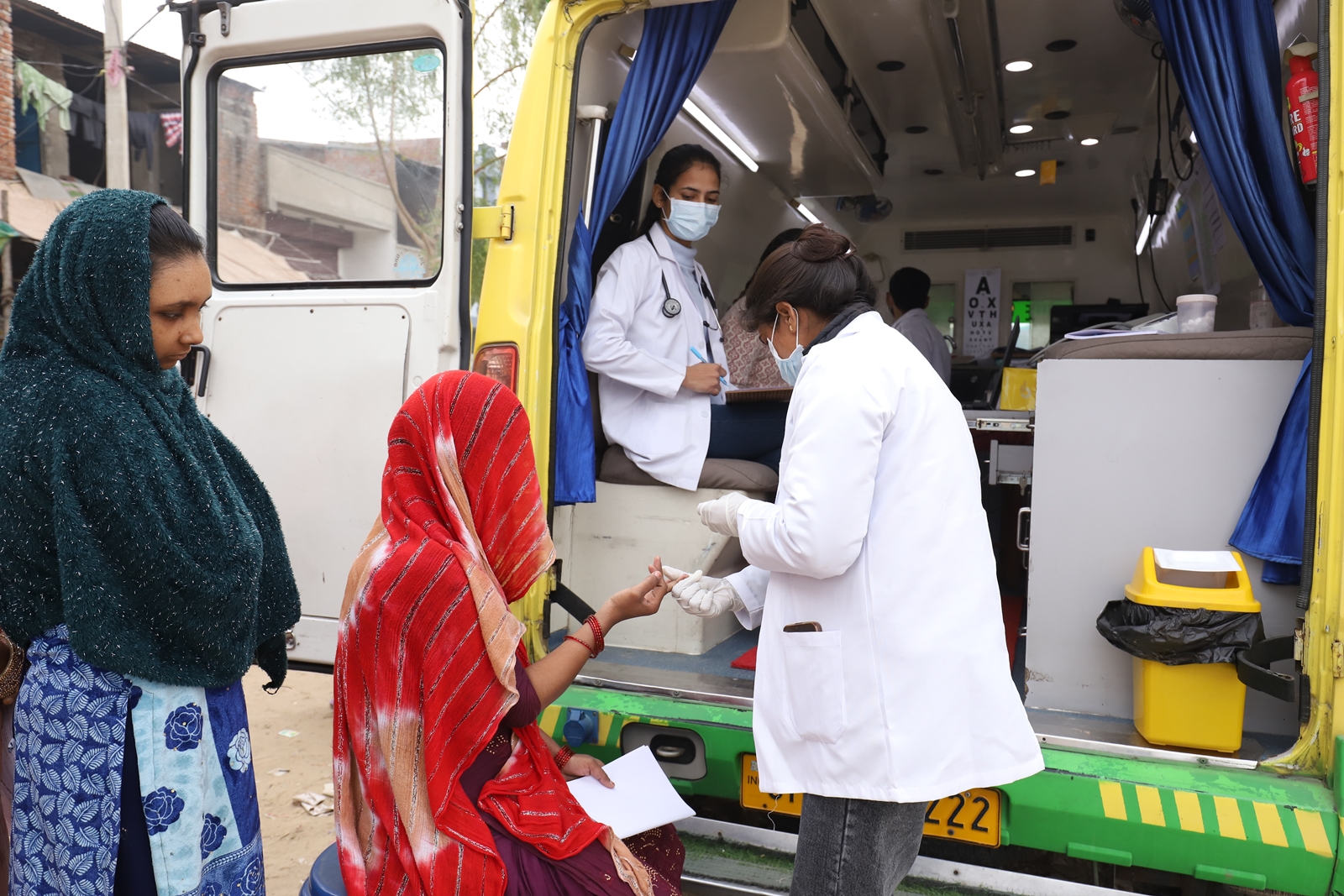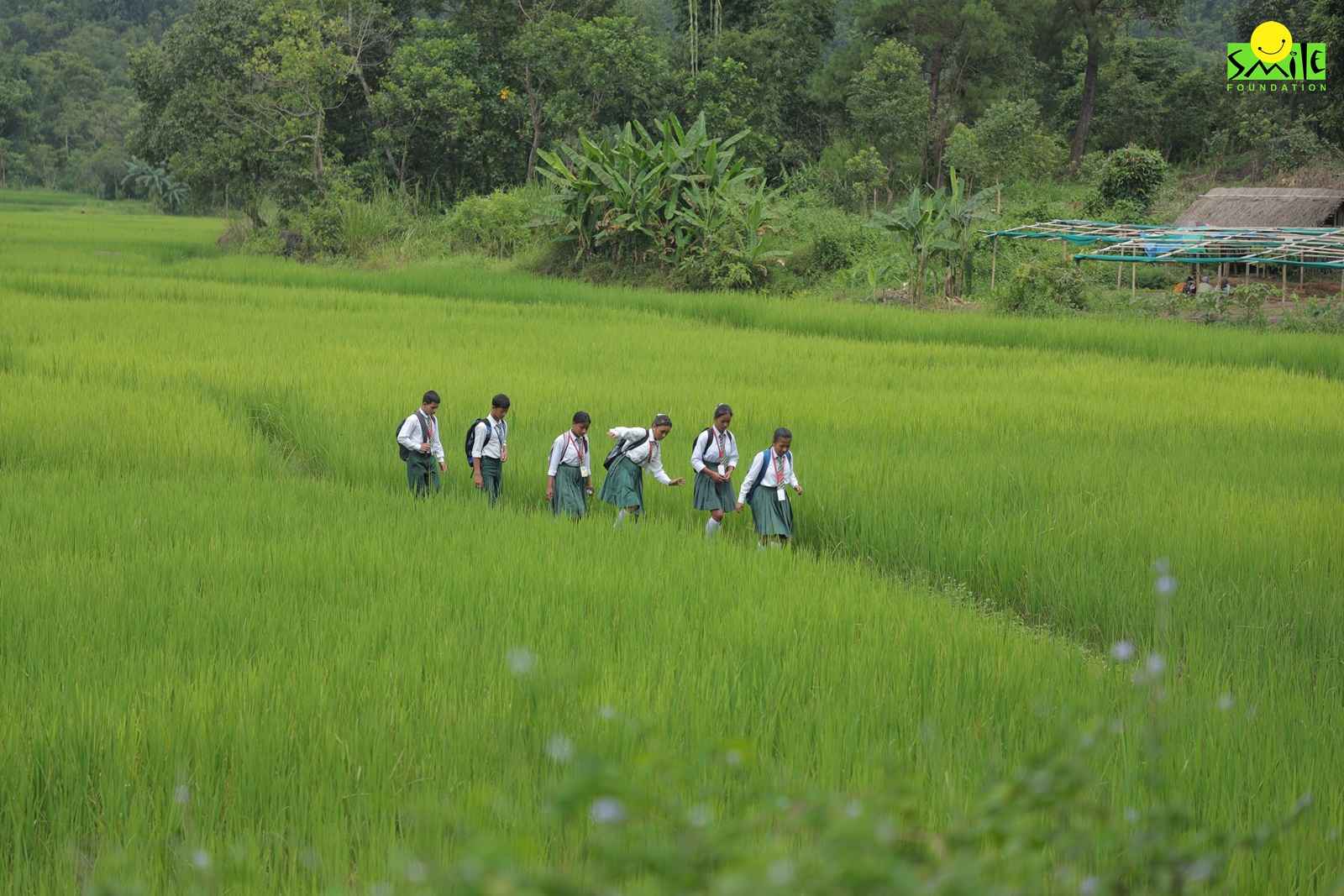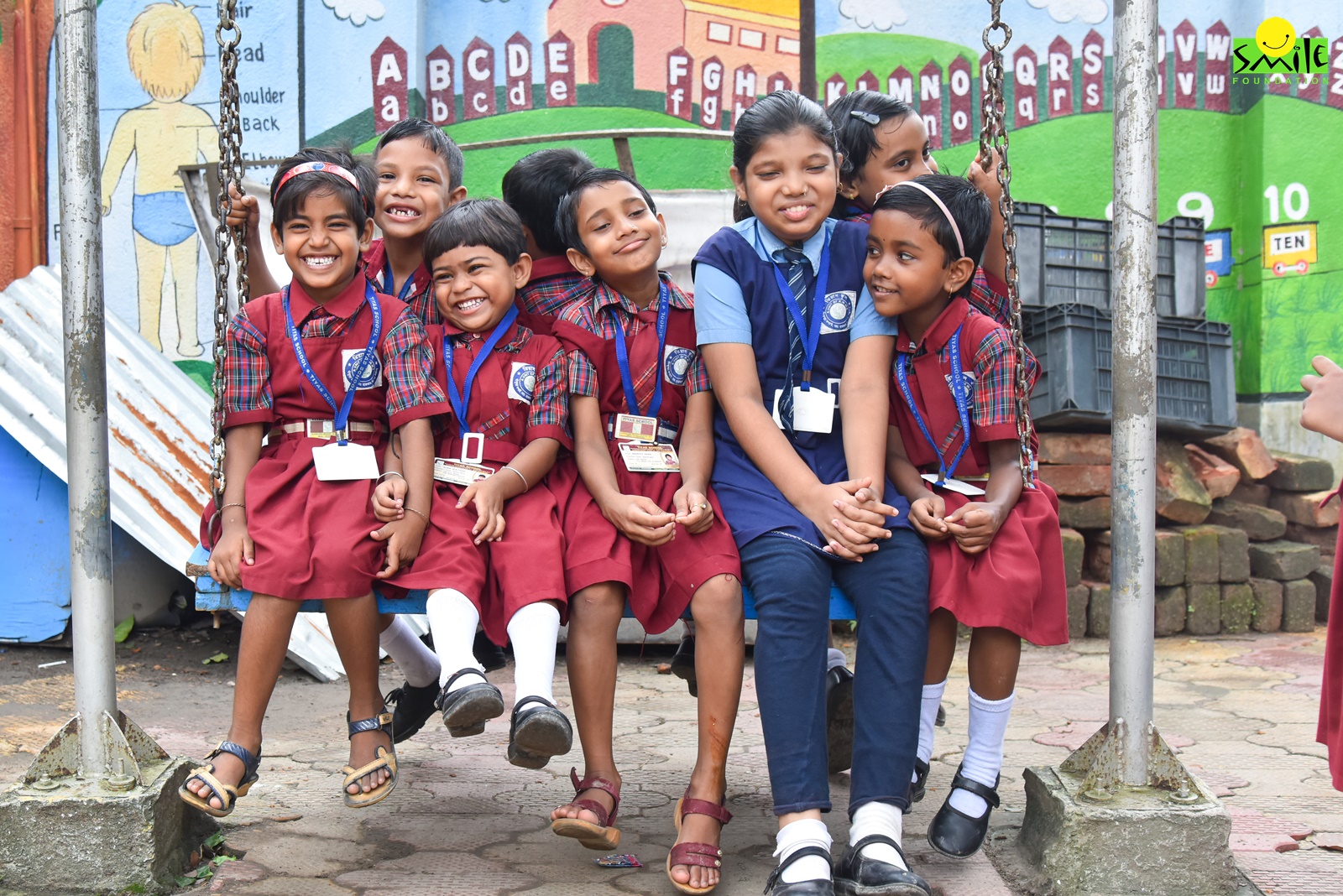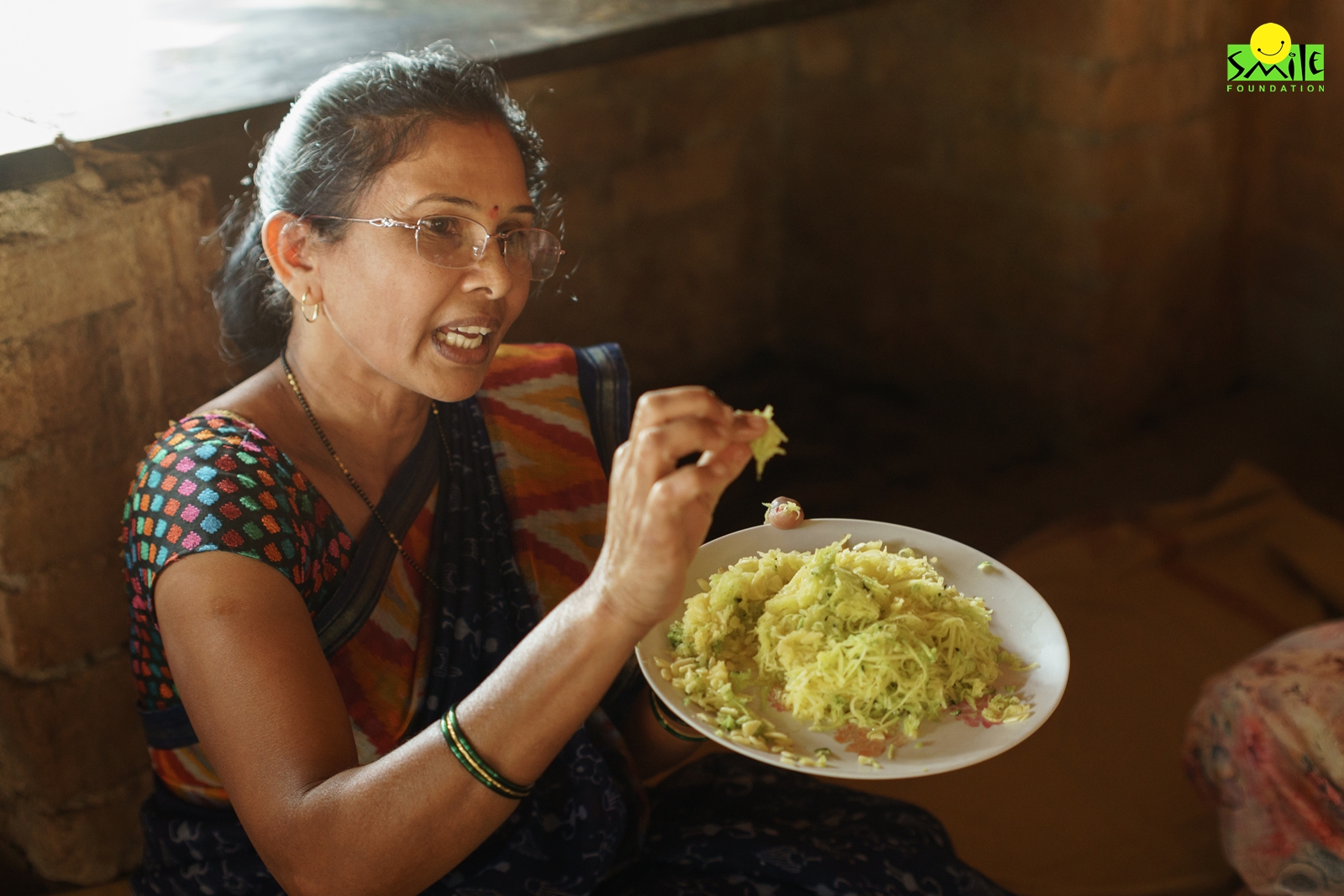The last couple of months have been overwhelming with schools reopening for all classes, including primary sections, across India. Life is not the same for a child who is going back to school-based learning after an unexpectedly long period of almost two years. For the youngest ones, school-based learning in the times of COVID will be a first-time experience.
Shutdown of Schools
School is an integral and core element in a child’s life. The sudden closure of schools–followed by the initiation of remote classes through digital modes, tele-conferencing, cluster-level classes in the community and educational programmes run on television and radio–all impacted children’s. The absence of social interactions, the precautions taken to protect children from the virus, and the learning gaps might affect the life of a child in the long run.
The UN report ‘The Impact of COVID-19 on Children’, dated April 2020, gives some insights on this. Although children remain comparatively less impacted from the direct health effects of COVID-19, the crisis could leave a profound effect on their well-being. All children, of all ages, got affected either by the socio-economic impacts or by mitigation measures that may inadvertently do more harm than good.
However, through the Shiksha Na Ruke initiative of Smile Foundation, as part of its Mission Education programme, aimed to mitigate some of these ill effects. All efforts were redirected towards ensuring that quality and timely learning resources and facilities continued to be available to the schools and education centres. Along with focus on value education, celebration of events and important days, hygiene, health, nutrition, and extra-curricular sessions on spoken English, personality development, career guidance, yoga, etc., this encouraged and motivated children to remain positive and healthy.
The Learning Graph
There is a stark difference in learning approaches between remote and in-school learning. This has quite evidently been indicated through its impact on the learning levels in children, majorly in the foundational classes. The major outcome observed is the lower levels of understanding in some students on concepts and basics, which is a matter of concern as confirmed by the teachers. Although the children received access to many free online learning platforms and videos, there are students who would not have been able to follow a routine or be comfortable following the content and flow of the materials. Eventually this would lead to loss of interest or the required momentum to continue following online resources. Furthermore, with parents restarting work, intermittent Internet connectivity, inadequate data pack and over-dependence on digital resources added on to the irregular schedule of learning process and environment for the students.
Therefore, the immediate task at hand for schools and teachers is to make the children comfortable coming to school. Further, they can create an exciting and fun learning environment, assess their mental well-being, and take precautions to ensure the child enters and stays in a hygienic and safe learning place. All the Mission Education centres have created a vibrant ambience, ensured children maintain social distancing, wear masks, keep their hands sanitised and, above all, look forward to coming to school every day.
It’s School Time…Again!
Re-opening of schools has evoked a sense of hope for the distraught learning status for children across the country. Parents, teachers, and students have welcomed the decision of letting children attend school with a sense of caution and preparedness, believing it’s best for the child. For a nation with a population of 1.4 billion and growing, the pandemic has definitely caused setbacks and unintended delay in helping to achieve the Sustainable Development Goals. However, with the continued efforts of Mission Education along with its associated partners, we are trying to reach out to the thousands of children who were bereft and left out of the learning process and bring them back into a better, progressive, and enhanced education fold.



